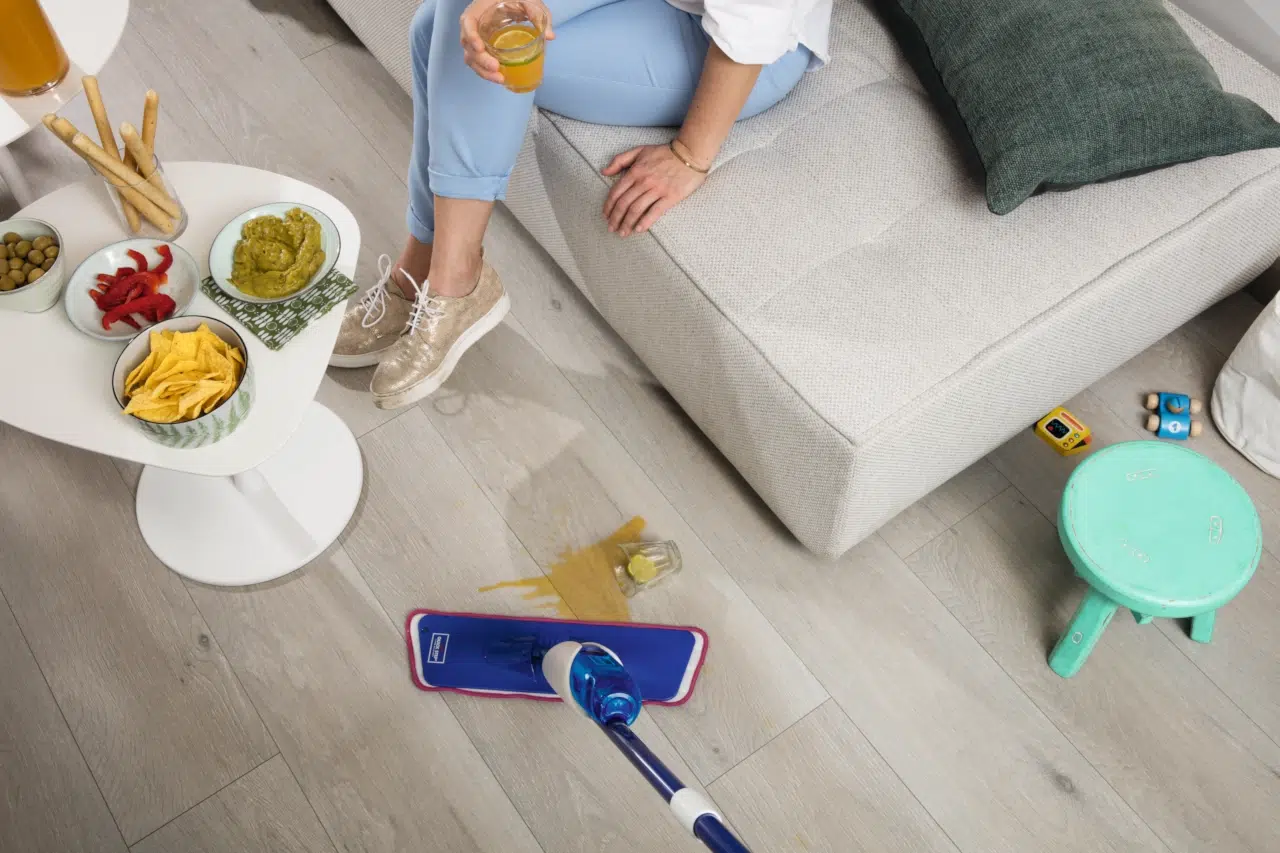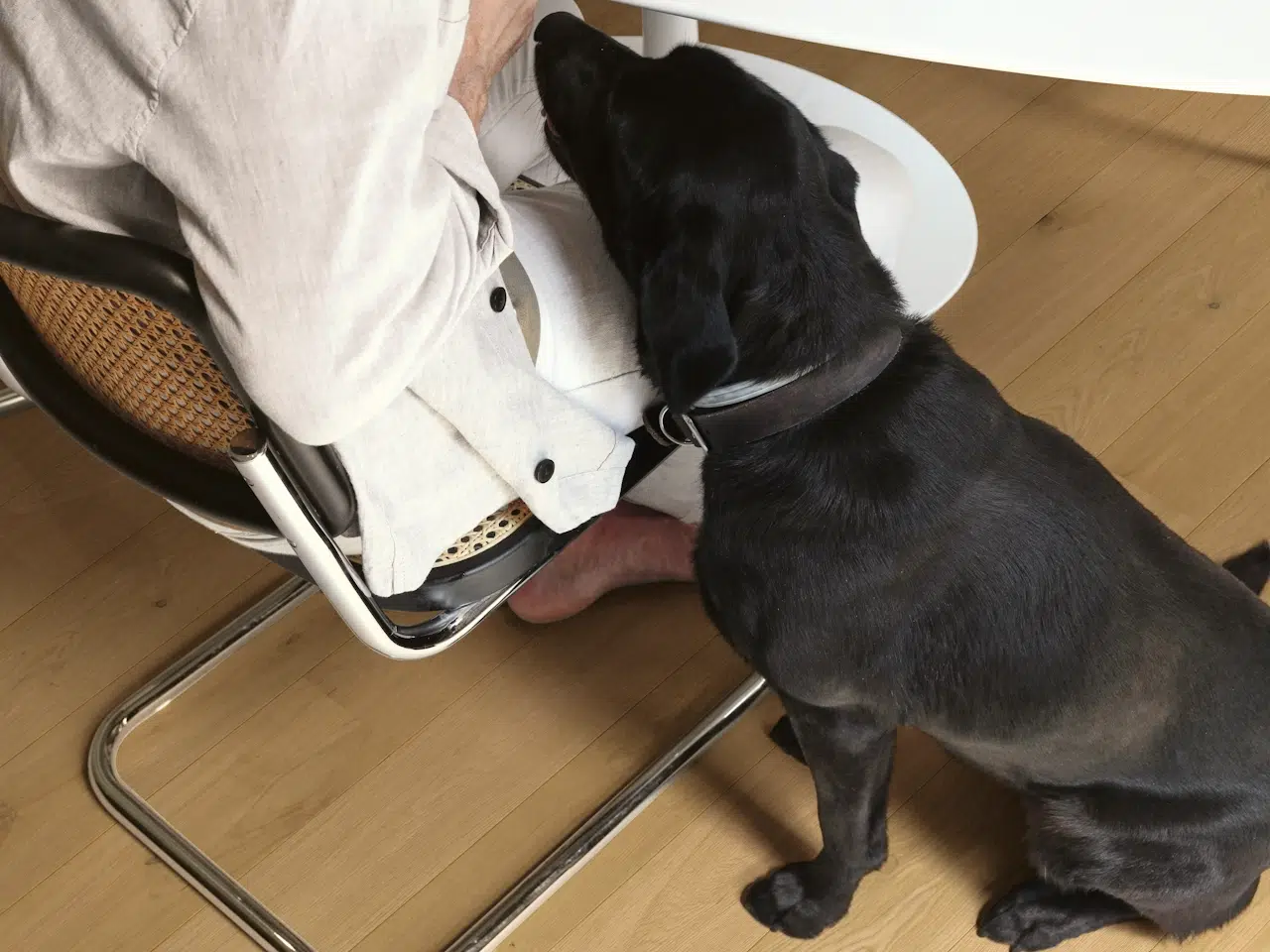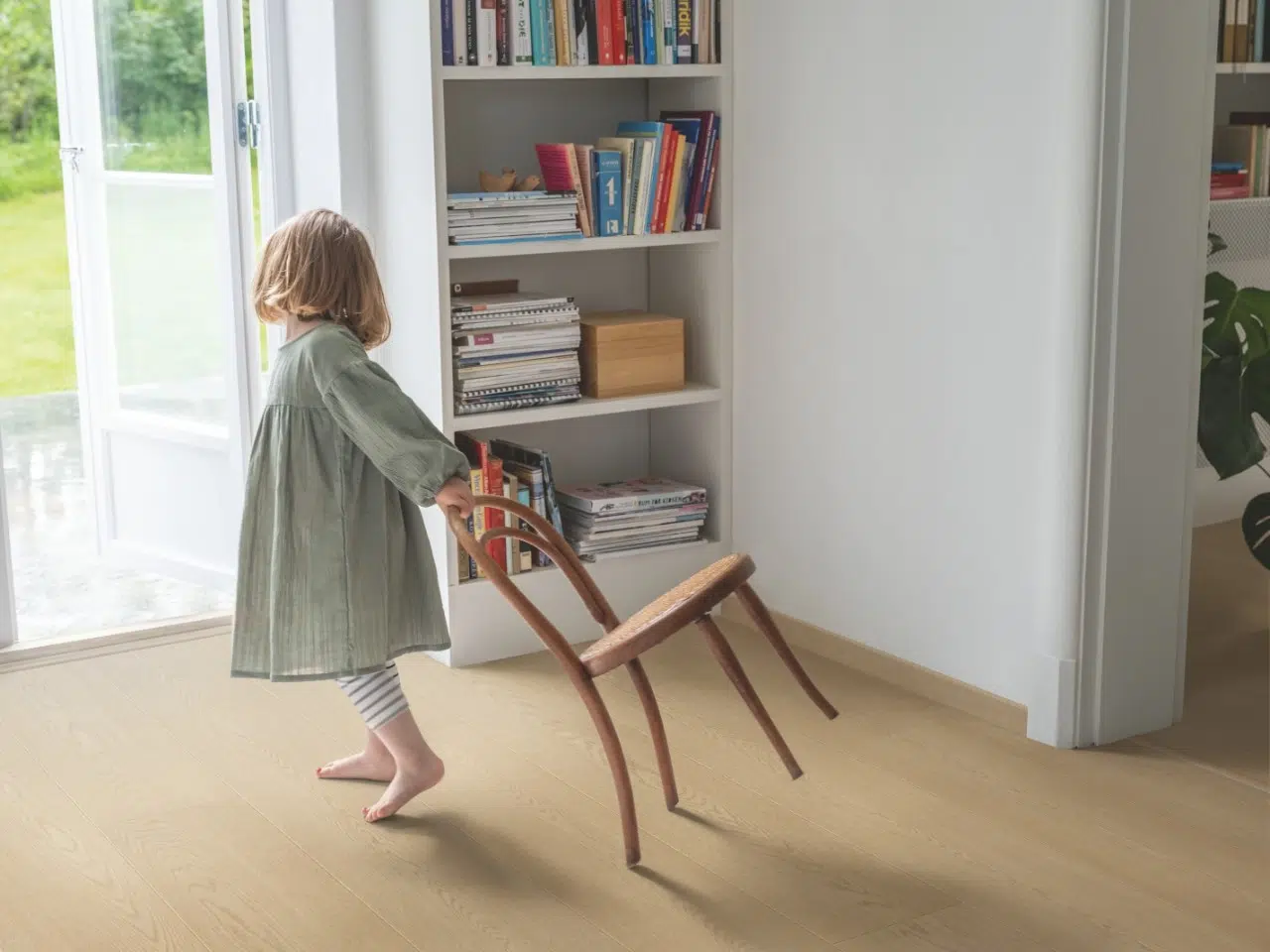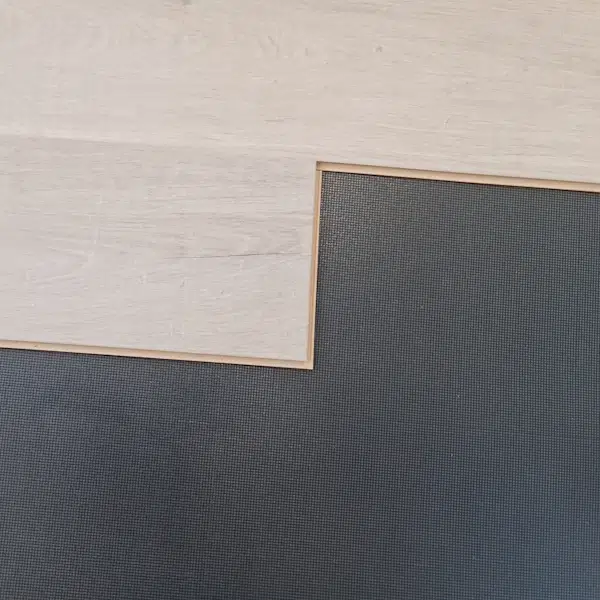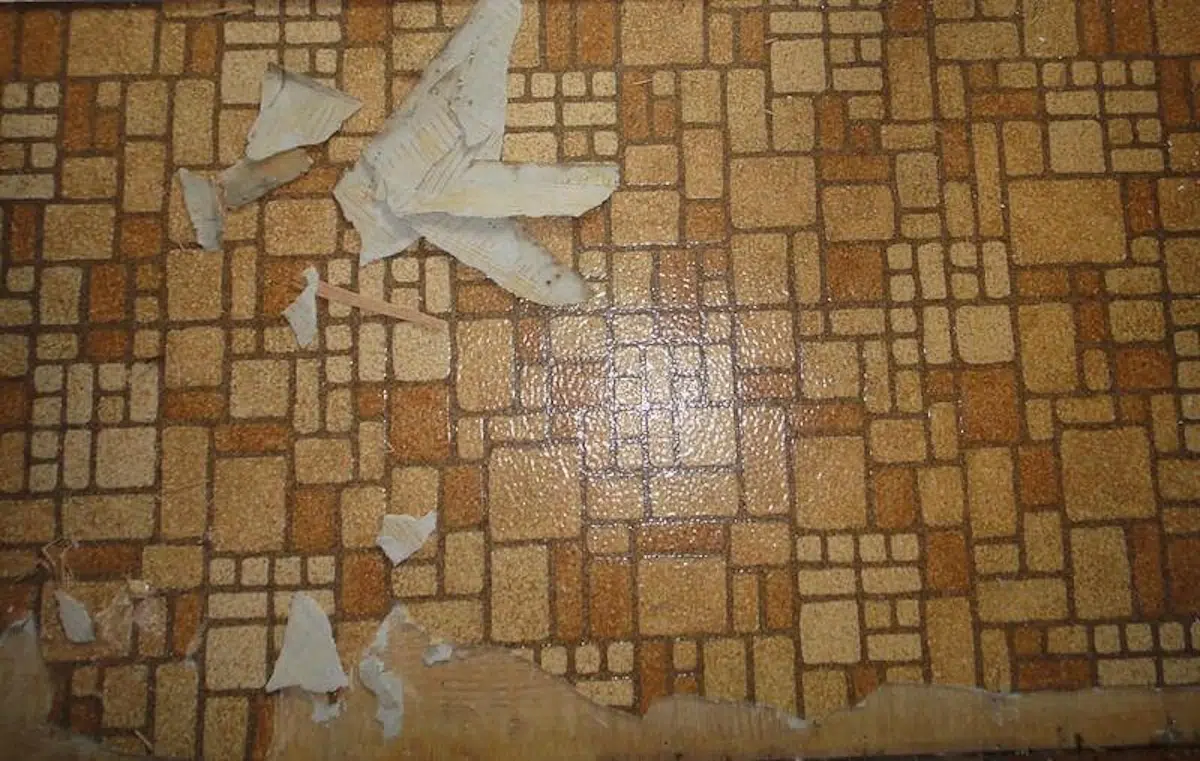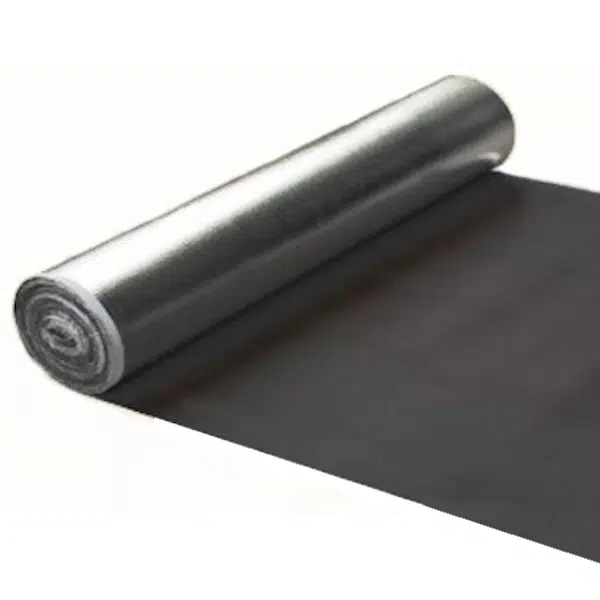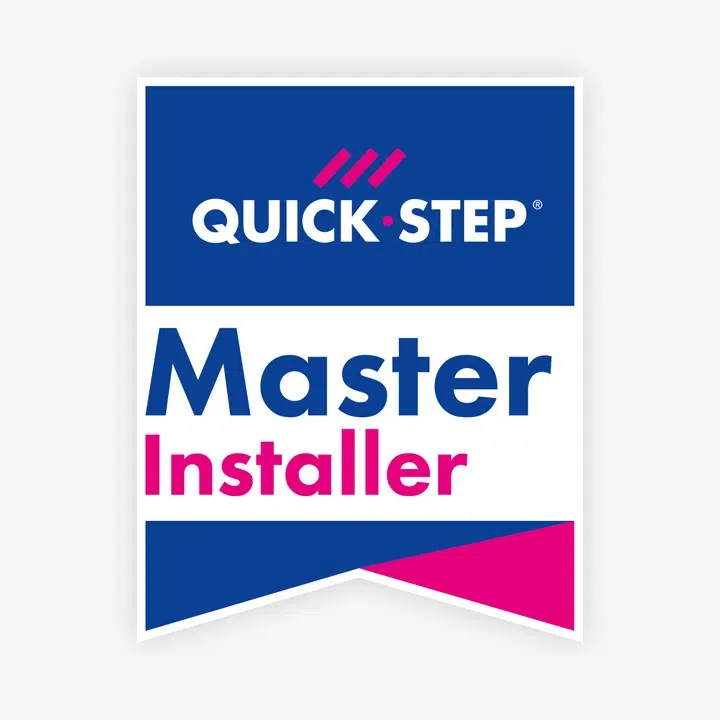Timber and Laminate Flooring for New Zealand: Why Local Design Matters. When choosing flooring, it’s easy to focus on only the colour and finish. But performance in your environment matters just as much. Here in New Zealand that environment is anything but typical.
New Zealand’s Unique Climate
New Zealand experiences all four seasons, often in full force. We get hot, humid summers and cold, damp winters. Many Kiwi homes don’t have full climate control. Heat pumps are common, but central systems are rare.
We also love our indoor-outdoor lifestyle. Doors and windows are often open, especially in summer. This creates constant changes in temperature and humidity inside the home. That’s exactly what affects flooring.
Timber and Laminate React to the Environment
Timber and laminate flooring respond to moisture in the air. They expand during humid conditions and contract when it’s dry. If flooring isn’t designed for these shifts, problems can occur. You might see gapping, cupping, or long-term movement.
That’s why locally appropriate design is essential.
Unilin Understands New Zealand Homes
Unilin, the company behind Quick-Step and Pergo, knows New Zealand’s climate and lifestyle. They aren’t just shipping over stock designed for Europe. Unilin has offices here in New Zealand. They understand how our homes breathe and move throughout the year.
They’ve created timber and laminate flooring for New Zealand. Their products are engineered to handle fluctuating humidity and indoor-outdoor living. Whether you’re in a dry inland region or a coastal area with salt air, they’ve done the testing.
Flooring That Works With Your Home
Quick-Step and Pergo flooring is made to move with the seasons, not against them. These floors are built to last. Unilin uses high-performance cores, precise locking systems, and moisture-resistant layers.
Every board is tested for long-term stability and durability. You won’t find that level of preparation in many other products.
Don’t Risk a Bad Fit
Some flooring looks great at first. But if it wasn’t designed for New Zealand, you could be replacing it far too soon. Our climate is unique, and your flooring needs to reflect that.
Unilin’s commitment to this market gives you peace of mind. You’re getting flooring built for your environment, not just for showrooms.
Choose timber and laminate that are made for New Zealand homes—and made to last.




